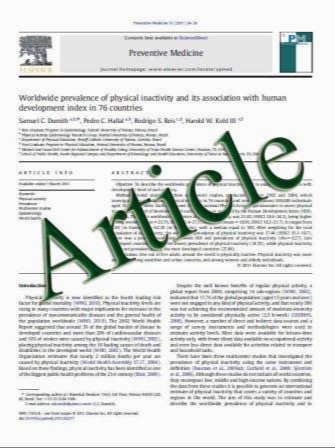Management of complication from temporal bone fractures
- نوع فایل : کتاب
- زبان : انگلیسی
- مؤلف : Cvorovic Ljiljana Milan B. Jovanovic Marko Markovic Zoran Milutinovic M. Strbac
- چاپ و سال / کشور: 2011
Description
The objective of the study is to review clinical findings and outcomes in patients with temporal bone fractures, and to show an incidence and management of complications. It is the retrospective clinical study and the study took place at tertiary referral center. Fifty-two patients with temporal bone fractures. Data were collected from patients’ charts and clinical review. Patients were classified into five groups according to the CT scan. The primary endpoint of study was to show management of possible complication from temporal bone fractures and to analyze association with intracranial injuries. The second endpoint was to show incompleteness of traditionally classification of fracture type. Of the 52 patients with 54 fractures, 27 (50%) had longitudinal fractures, 4 (7.4%) had transverse fractures, 17 (31.5%) had temporal squamamastoid fractures, 4 (7.4%) had mixed fractures and 2 (3.7%) had isolated meatal fracture. Fifty-eight percent of patients had at least one intracranial pathologic finding, of which 11% had two or more. Persistent conductive hearing loss was noted in 8 of 16 affected patients. The facial paralysis occurred in seven patients. One patient had benign paroxysmal positional vertigo developed 3 weeks after injury. In conclusion, rarely temporal bone fractures are isolated injures. The squama-mastoid fracture in most cases associated with intracranial injuries. Coordination between the neurosurgeon and otologist is essential in the care of such patients. Further large studies will be done to give a more complete classification of temporal bone fractures which will include all fracture patterns and predict clinical outcome.
Eur Arch Otorhinolaryngol DOI 10.1007/s00405-011-1641-8, Received: 26 June 2010 / Accepted: 11 May 2011


